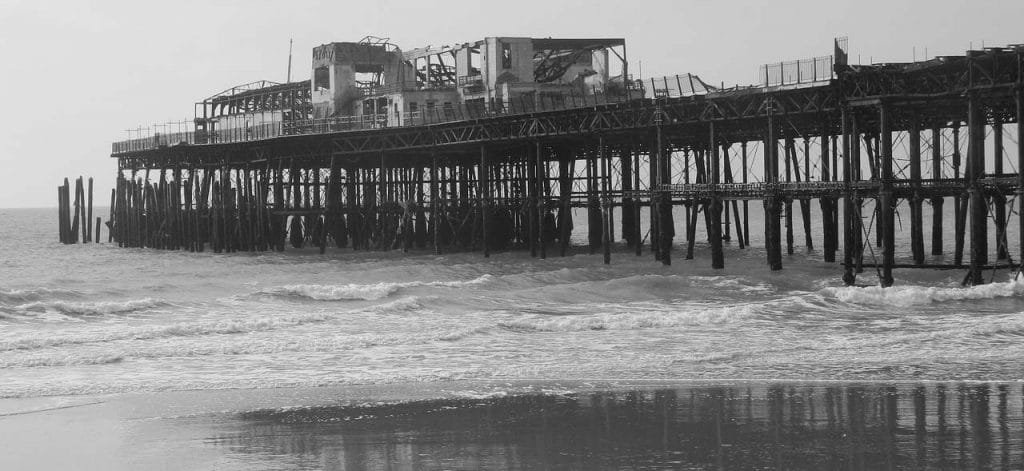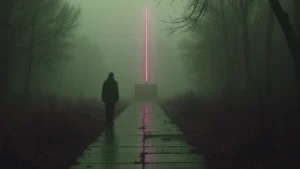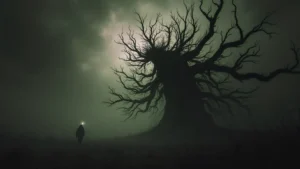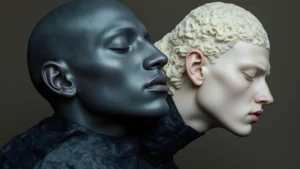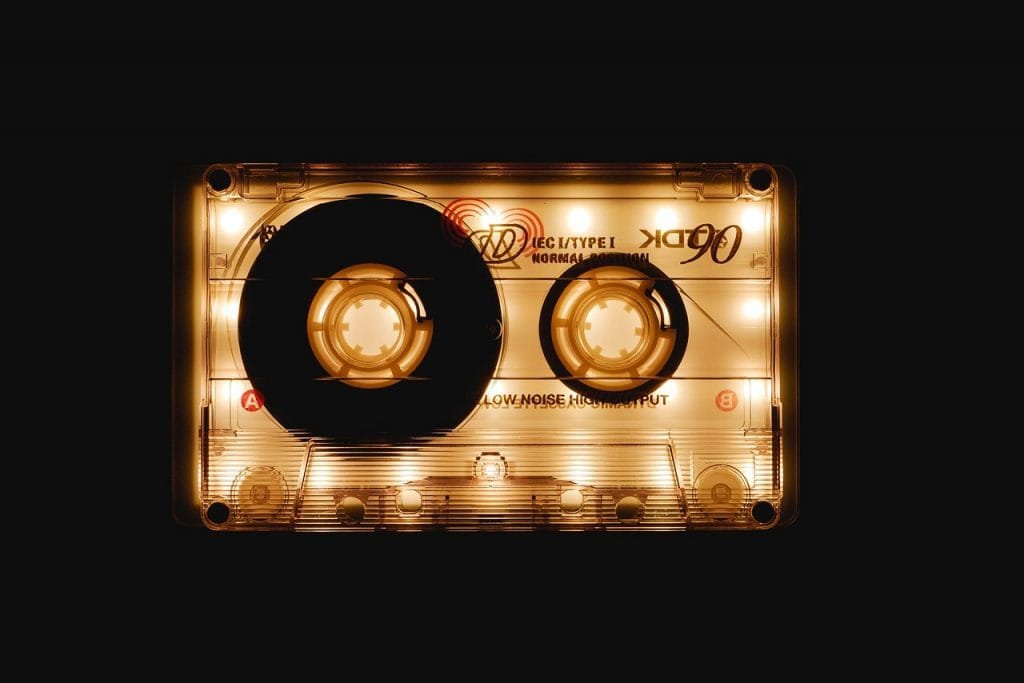Drone music is a genre that has been around for decades, slowly gaining recognition and popularity in the world of experimental music. With its unique and captivating sound, drone music has managed to create a distinct identity for itself, separate from any other genre. In this article, we’ll be taking a closer look at the art of drone music, exploring its evolution and impact on the world of music.
Drone music is a genre that is often described as being “ambient”, “meditative”, or “ethereal”. It is characterized by long, sustaining sounds that create a continuous, haunting atmosphere. This type of music is often created by using soundscapes and textures, rather than traditional melody and rhythm. The result is a musical experience that is both captivating and mesmerizing, drawing the listener into a world of sound that can be both soothing and disorienting.
The origin of drone music can be traced back to the 1960s and 1970s, when musicians first began experimenting with electronic instruments and soundscapes. The pioneers of this genre, such as Brian Eno, Tangerine Dream, and Kraftwerk, paved the way for a new form of musical expression that would come to be known as “ambient music”. Over time, the genre evolved and expanded, eventually becoming what we now know as drone music.
The impact of drone music on the world of music has been significant. Not only has it inspired a new generation of musicians, but it has also helped to redefine the boundaries of what is considered “music”. Many musicians and artists have embraced the genre, incorporating elements of drone into their own work, and creating new, innovative soundscapes.
In recent years, drone music has also become increasingly popular in the world of film and television. Its atmospheric soundscapes are often used to create suspenseful and haunting backdrops for horror films, while its meditative quality makes it perfect for creating background music for yoga and meditation videos.
In conclusion, the art of drone music is a journey through time, exploring the evolution and impact of this captivating genre. Whether you’re a seasoned fan or a newcomer to the world of drone music, this article will provide you with a deeper understanding of this genre and its significance in the world of music. With its unique soundscapes and textures, drone music has proven to be a powerful and enduring genre that continues to captivate audiences around the world.
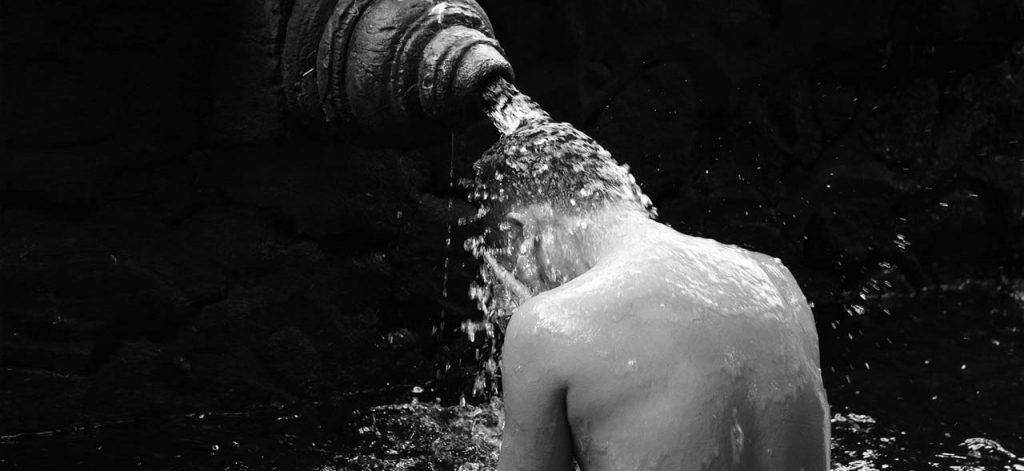
Historical Overview of Drone Music
Drone music has a rich and complex history that spans centuries and continents. It is a genre that has its roots in various traditional music styles, including Indian classical music, Tibetan chant, and folk music from the Middle East and Central Asia. The concept of drone is not limited to just music; it has been used in many other forms of art and expression, such as poetry, storytelling, and theater.
The earliest recorded use of drones in music dates back to ancient civilizations, where musicians utilized the sound of the drone to create a background for their songs and melodies. For example, in Indian classical music, the tanpura was used to provide a drone-like sound, and in Tibetan Buddhist chanting, the use of the long horn and deep chanting created a haunting and ethereal atmosphere.
In the 20th century, the advent of modern technology allowed for new and innovative forms of drone music to emerge. With the invention of electronic instruments, composers and musicians were able to manipulate sound and create new, experimental music styles. The concept of drone music was popularized by minimalist composers such as La Monte Young, who sought to create long-form, atmospheric pieces that focused on a single note or chord.
In the late 1960s and early 1970s, drone music became associated with the psychedelic rock and experimental music scenes. Bands such as The Grateful Dead, Pink Floyd, and The Doors incorporated elements of drone into their music, often using electronic instruments like the theremin and the Moog synthesizer to create otherworldly sounds.
Today, drone music continues to evolve and expand, incorporating new technologies and techniques to push the boundaries of sound and expression. With the rise of ambient and experimental music, drone music has found a new audience, and has become a genre in its own right, attracting fans from all over the world who are drawn to its haunting and meditative qualities.
In conclusion, the historical overview of drone music showcases its evolution and its impact on various forms of art and expression. From its roots in traditional music styles to its place in contemporary experimental music, drone music continues to be a genre that captivates and inspires listeners.
Characteristics of Drone Music
Drone music is known for its repetitive, prolonged sounds and textures that can evoke feelings of stillness, meditativeness, and introspection.
One of the defining characteristics of drone music is its use of sustained sounds and long notes. These long notes can be created by a variety of instruments, such as guitars, synthesizers, or even the human voice, but they are typically held for extended periods of time. This creates a sense of stillness and stability, and can be especially effective when combined with other textures and sounds.
Another important aspect of drone music is its focus on timbre, or the quality of sound. Drone music often incorporates a rich, layered soundscape, with multiple sounds and textures working together to create a complex and immersive experience. This is achieved through the use of effects such as reverb, echo, and other types of sound manipulation.
Rhythm also plays a key role in drone music, but it is often more subtle and less emphasized than in other genres. The focus is instead on the gradual evolution and shifting of sounds over time. This creates a sense of fluidity and unpredictability, as the listener is carried along by the ever-changing soundscape.
It is also worth noting that drone music can often be quite minimalistic, with a stripped-down approach to melody and harmony. This can give the music a spacious, open quality, allowing the listener to fully immerse themselves in the sound.
In conclusion, drone music is a genre that values stillness, timbre, and subtle evolution over traditional musical structures. These characteristics have helped to define drone music and make it a unique and powerful form of artistic expression.

Impact of Drone Music on Society and Culture
Drone music has been a significant cultural force in recent years, influencing the sound of music across numerous genres. Drone music has played a critical role in shaping the cultural landscape, with its impact being felt in a variety of ways. From its experimental beginnings to its current status as a popular form of music, drone music has been a transformative force in the music world.
One of the ways in which drone music has impacted society and culture is through its use in meditation and spiritual practices. Drone music has been used to create an atmosphere of peace and tranquility, helping people to reach a state of relaxation and mindfulness. This has led to an increase in the popularity of yoga and meditation practices, which are now often accompanied by drone music.
Another impact of drone music on society and culture has been its contribution to the art world. Drone music has inspired a variety of visual artists, including painters, sculptors, and photographers, to create works that reflect the ethereal and otherworldly qualities of the music. Drone music has also been used as the background for live performances and theatrical productions, enhancing the emotional impact of these performances.
Drone music has also had a significant impact on the world of film and television. Film scores, which are an integral part of the movie-going experience, have been heavily influenced by drone music. The slow, atmospheric sound of drone music has been used to create an atmosphere of suspense, anxiety, and tension in a variety of films and television shows.
In conclusion, the impact of drone music on society and culture has been far-reaching and profound. From its use in meditation and spiritual practices, to its contribution to the art world, and its impact on film and television, drone music has played a critical role in shaping our cultural landscape. As drone music continues to evolve and grow in popularity, its impact on society and culture will continue to be felt for years to come.
The Future of Drone Music
Drone music has come a long way since its inception, evolving from its experimental roots to become a mainstream genre. As technology continues to advance, it’s safe to say that the future of drone music is bright. In the coming years, we can expect to see new innovations and developments that will shape the sound and style of drone music.
One of the most exciting prospects for the future of drone music is the integration of virtual and augmented reality. With the help of VR and AR technology, musicians will be able to create immersive and interactive musical experiences for their audiences. This will allow listeners to be fully immersed in the music and connect with it on a deeper level.
Another trend that is likely to continue is the use of drones in live performances. Drones have already been used in a number of concerts and music festivals, adding an extra layer of excitement to the performances. In the future, we can expect to see even more creative and innovative uses of drones in live shows.
Artificial intelligence and machine learning will also play a role in the future of drone music. AI algorithms can be used to analyze existing drone music, helping musicians to create new sounds and styles. Machine learning can also be used to generate new compositions, freeing up musicians to focus on the creative aspects of their work.
The use of blockchain technology is also likely to have an impact on the future of drone music. This technology can be used to create decentralized platforms for music distribution and payment, giving artists more control over their work and allowing them to reach a wider audience.

In conclusion, the future of drone music is exciting and full of possibilities. With new technological advancements and innovations, we can expect to see the genre continue to grow and evolve in new and exciting ways. Whether you’re a fan of drone music or simply curious about the genre, now is a great time to get involved and see where it will take us in the years to come.
In the conclusion of our exploration of the art of drone music, it is clear to see the significant impact this genre has had on society and culture. From its roots in experimental and avant-garde music to its current status as a widely recognized and celebrated form of artistic expression, drone music has come a long way.
At its core, drone music is a genre that pushes boundaries, both in terms of sound and meaning. Its ethereal and often hypnotic qualities have captivated listeners for decades, and its influence can be seen in many other forms of music and art. Whether it’s through its use in soundscapes and film soundtracks, or its growing popularity as a genre in its own right, drone music continues to be a source of inspiration and creativity for musicians and fans alike.
As we look to the future, it is exciting to consider the possibilities that lie ahead for drone music. As technology continues to evolve and musicians continue to experiment, it is likely that the genre will continue to evolve and grow in new and unexpected ways. Whether it’s through new innovations in sound design, or a growing interest from new generations of fans, the future of drone music is bright and full of potential.
So, as we bring our journey through the art of drone music to a close, let us remember the impact this genre has had on society and culture, and let us look forward with excitement to what lies ahead. Whether you are a seasoned fan, a newcomer to the genre, or simply someone who is curious about its impact and evolution, we hope that this exploration has provided you with a deeper appreciation for the art of drone music.

